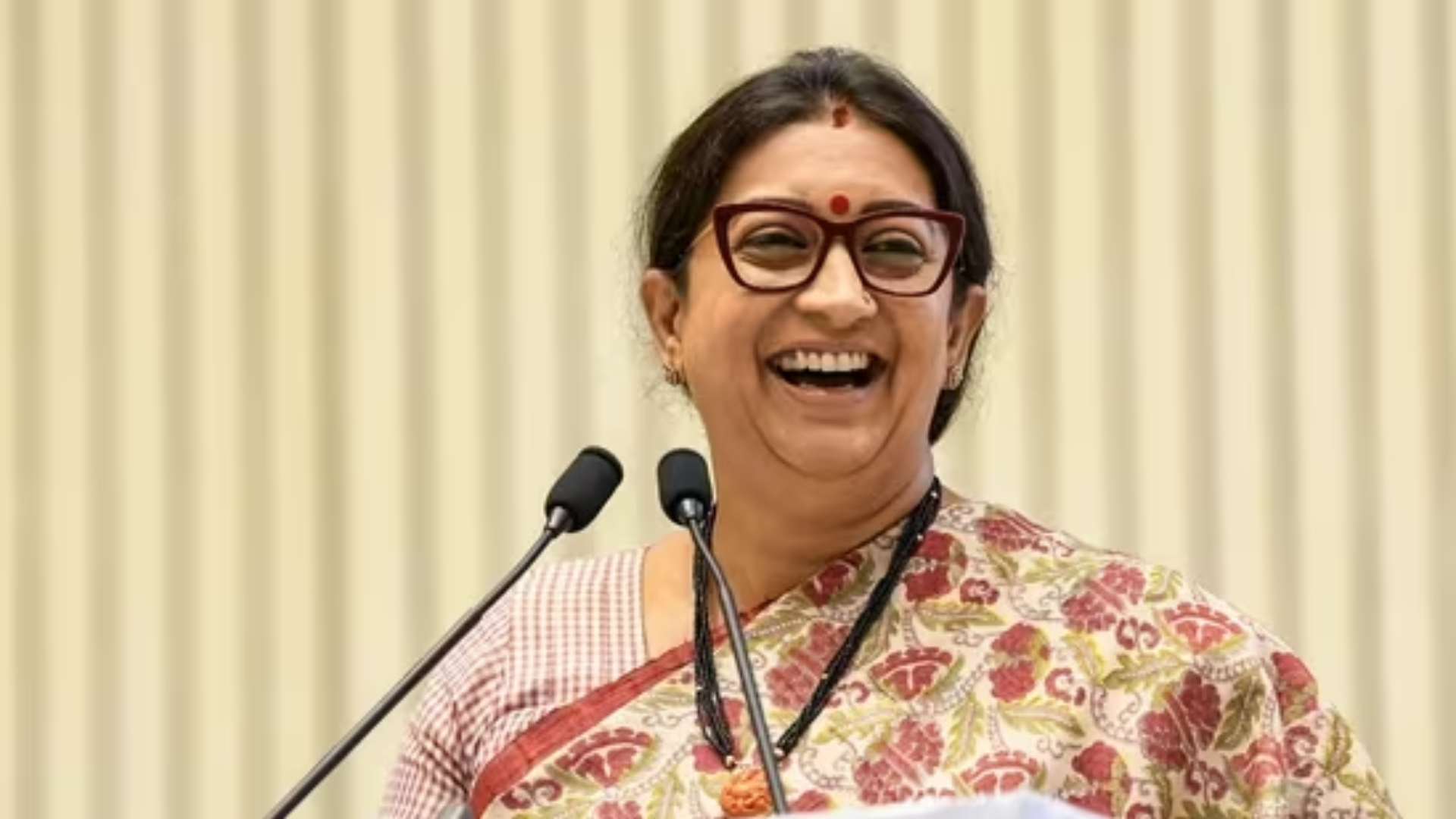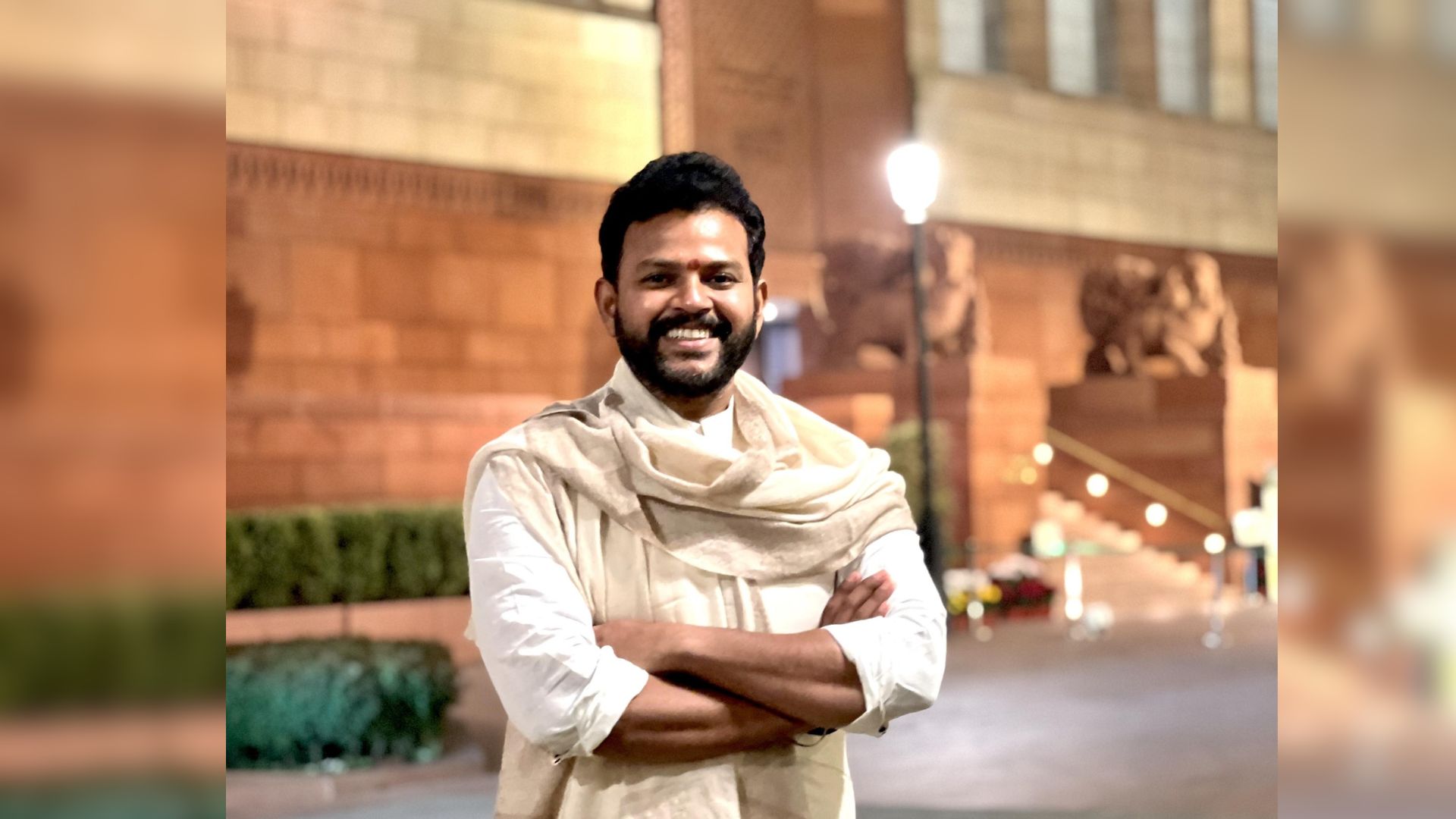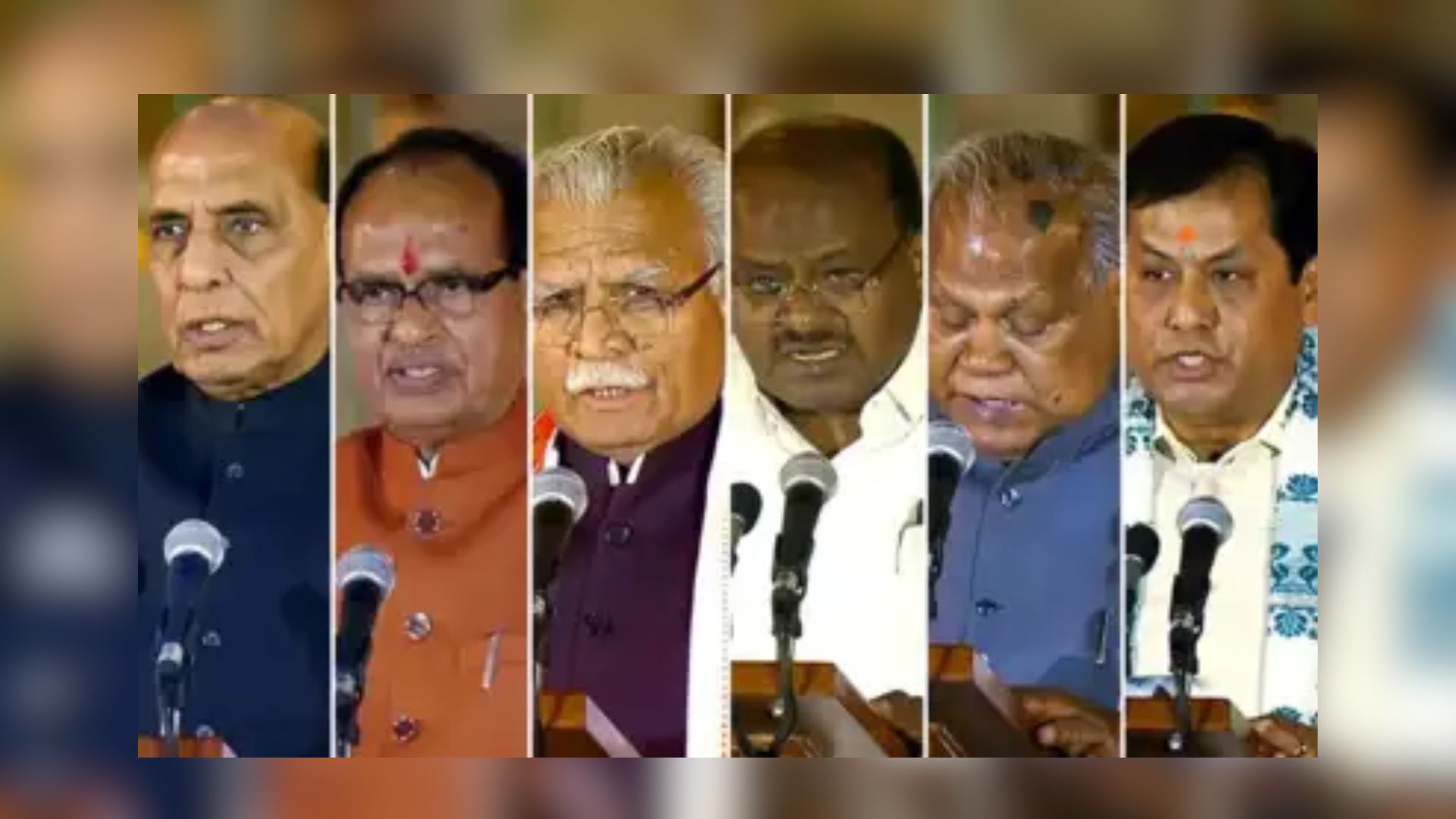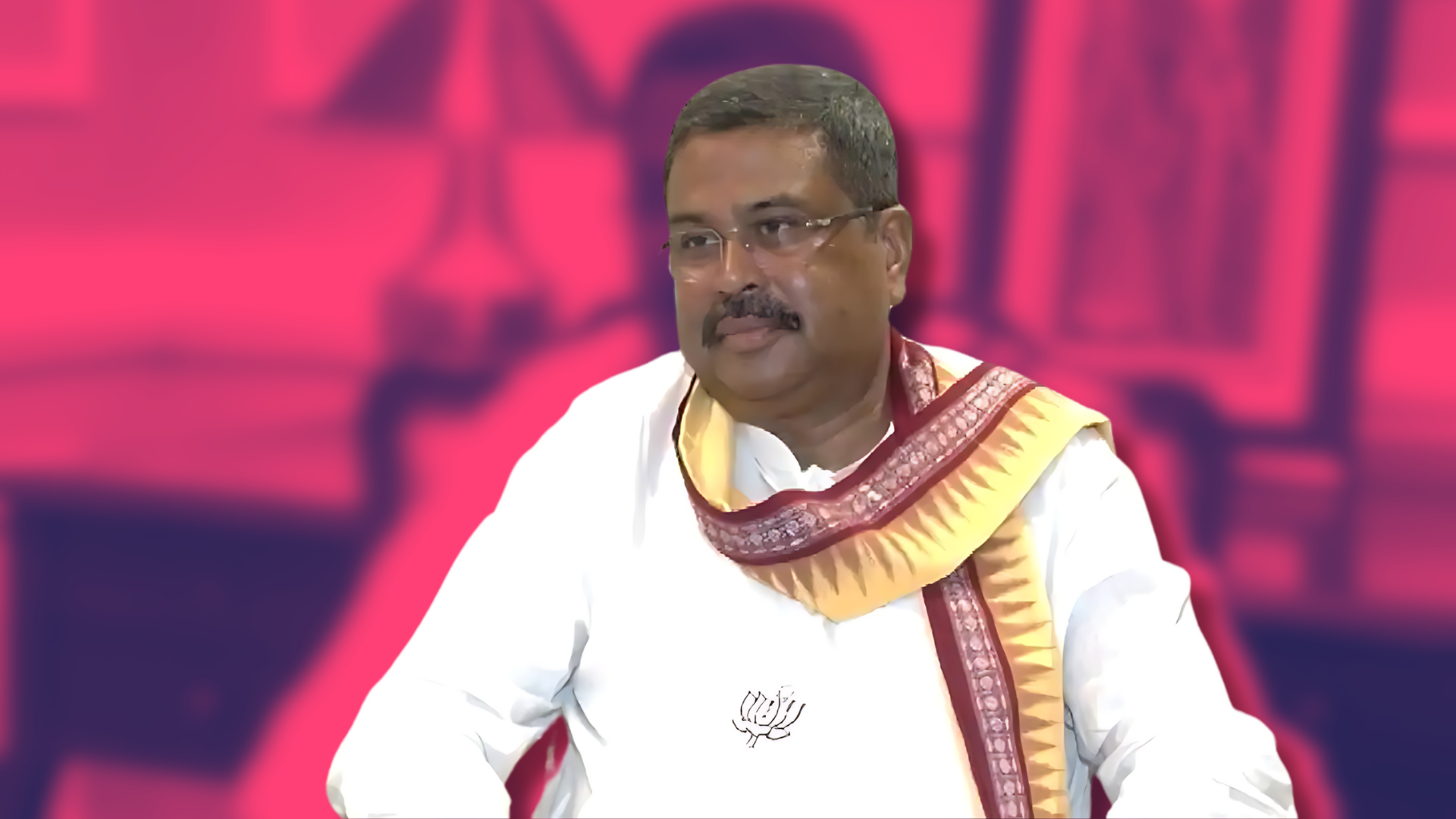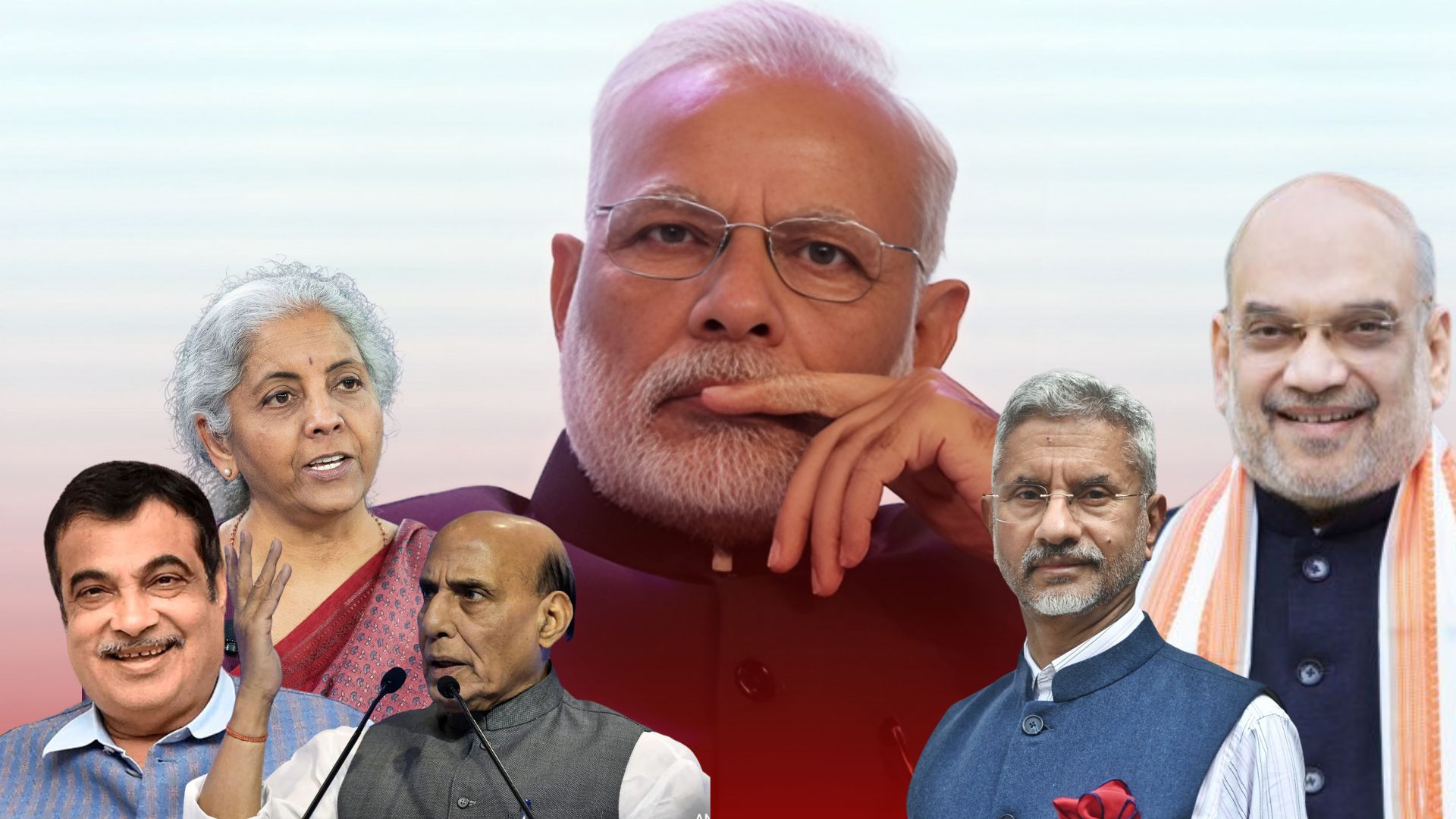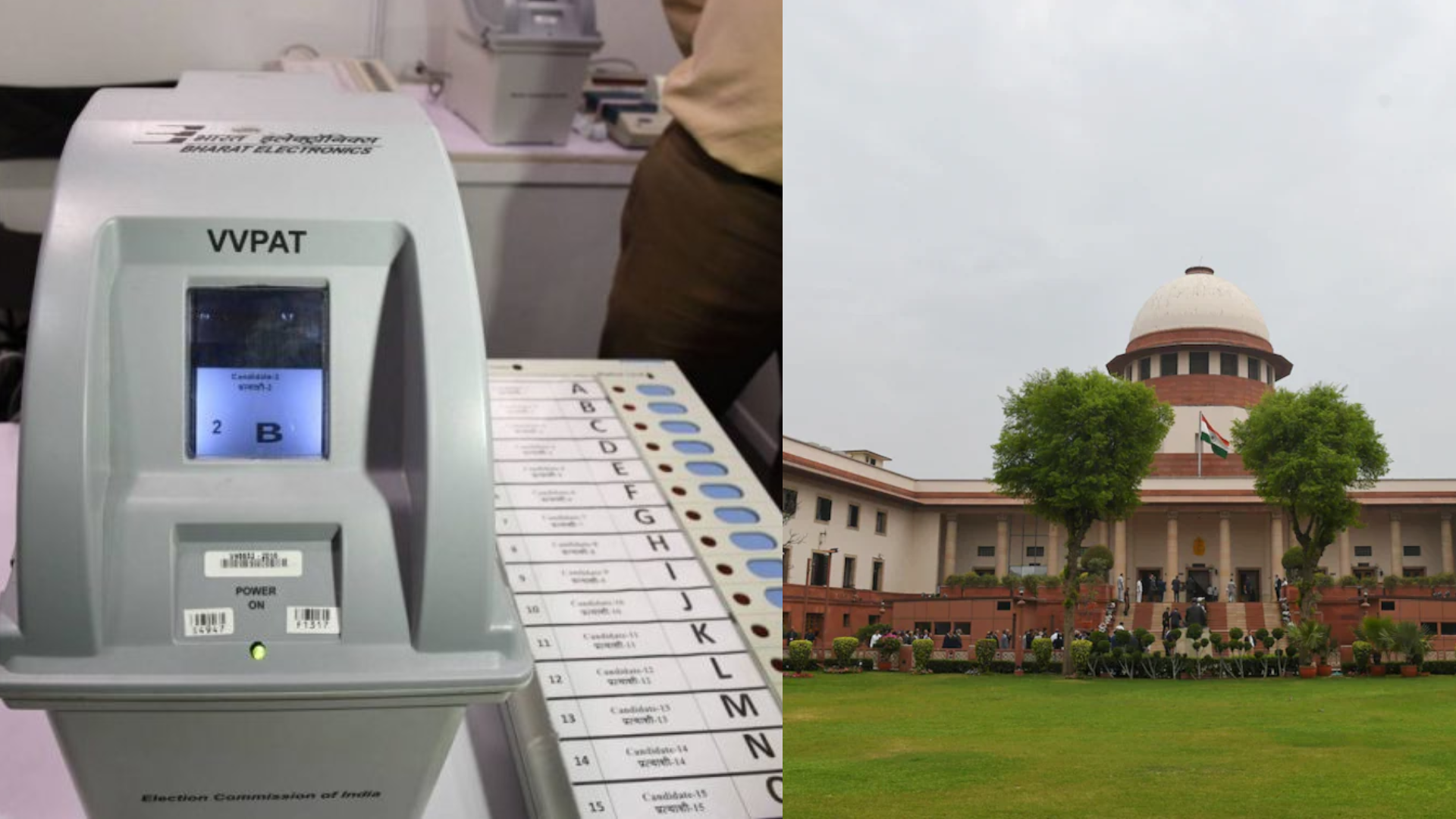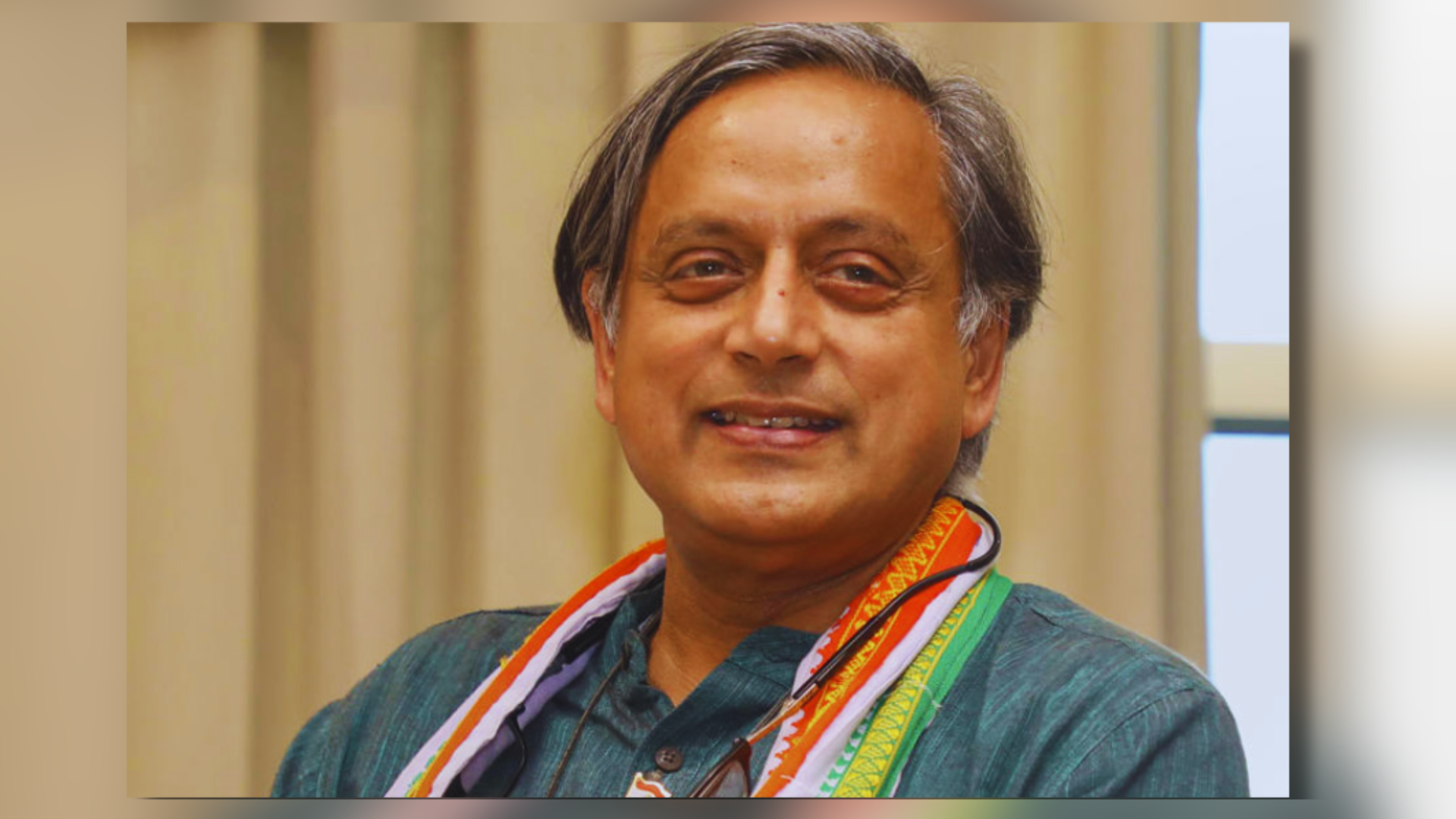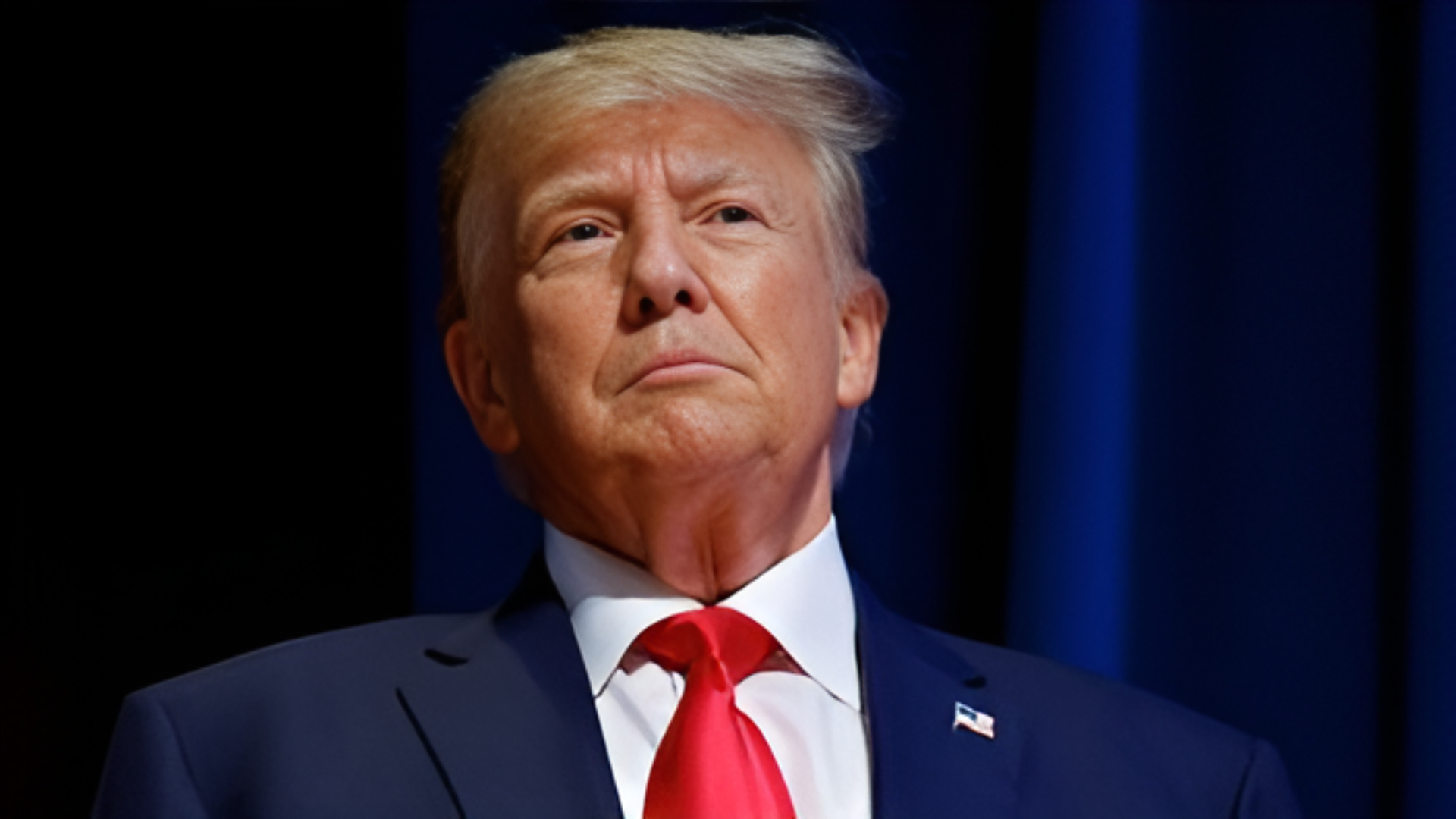In a recent development, the Supreme Court has delved into the intricacies of Electronic Voting Machines (EVMs) and Voter Verifiable Paper Audit Trail (VVPAT) systems, seeking clarification from the Election Commission of India (ECI). The queries arose as the court heard a series of pleas requesting comprehensive cross-verification of votes cast via EVMs with VVPAT.
A bench comprising Justices Sanjiv Khanna and Dipankar Datta engaged with an Election Commission official, probing into the functionality of EVMs. Among the key queries was whether the microcontrollers embedded within the EVMs are reprogrammable. The bench sought clarity on the placement of microcontrollers, whether they are housed in the controlling unit or the VVPAT, and whether the flash memory of these microcontrollers can be reprogrammed.
In response, the Election Commission official provided insights into the technical aspects, highlighting that each unit – the ballot unit, VVPAT, and the chip – possesses its own microcontroller. These microcontrollers are securely housed to prevent unauthorized access and are one-time programmable. Once inserted, they are “burned,” rendering them unchangeable. Additionally, the official noted that two manufacturers, ECI and Bharat Electronics, are involved in the process of symbol loading.
While acknowledging the need to strengthen the EVM system, the apex court underscored that reverting to ballot papers is not an option. The bench expressed its willingness to explore measures to enhance the current system’s robustness.
ALSO READ : Supreme Court Petition Seeks SIT Probe into Alleged Quid Pro Quo via Electoral Bonds
Earlier in the day, the bench had expressed the necessity for clarification, citing confusion over the answers provided by the ECI in its ‘frequently asked questions’ (FAQs) regarding EVMs. Officials were summoned to court to address these queries directly.
The petitions under consideration advocate for expanded verification of EVM data against VVPAT records. Presently, VVPAT slips of five randomly selected EVMs in each Assembly segment are verified. However, the petitioners contend that this falls short of ensuring comprehensive voter verification.
Highlighting the importance of voter verifiability, the petitions emphasize the need for voters to verify that their votes have been “recorded as cast.” While the current system allows voters to briefly inspect VVPAT slips, there exists a gap in ensuring that their votes are “counted as recorded.” The absence of a procedure for voters to verify this crucial aspect is flagged as a deficiency in electoral law.
In conclusion, the Supreme Court’s active engagement with the functioning of EVMs reflects a commitment to safeguarding the integrity of the electoral process. As discussions continue, the focus remains on striking a balance between technological advancement and ensuring transparent, verifiable elections.


